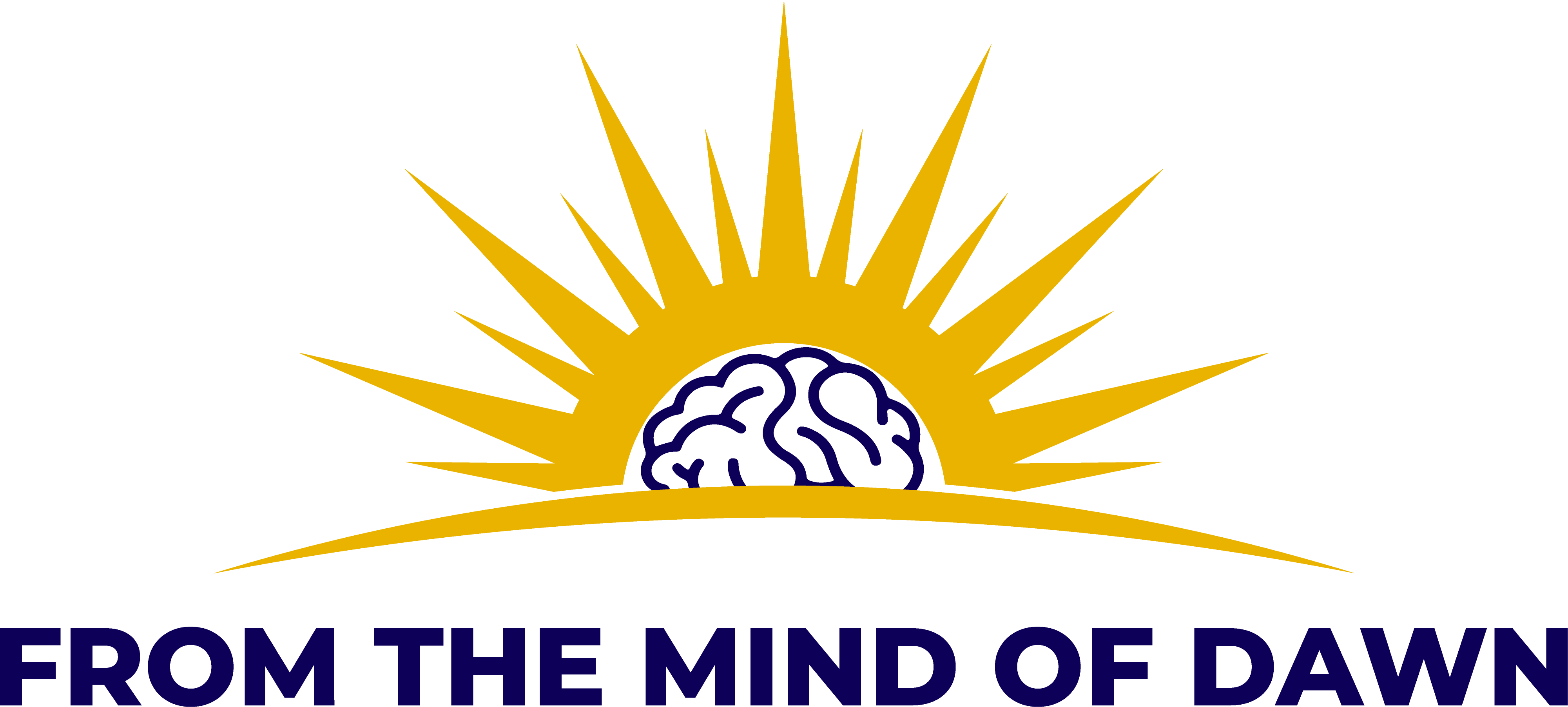Week 5: Friction with Benefits
When I first started my current job, I met with a lot of people 1-on-1. My main intent was to get to know them and for them to get to know me. My company was just over 5 years old at the time and had experienced the kind of rapid growth that comes from doing great work for your customers and being an amazing place to work. It simultaneously confirmed their success and brought about a new challenge: how do we sustain the level of excellence in delivery and company culture through the growth.
One of my main messages during the 1-on-1s was that I believe it is 100% possible to have a larger company that continues to embody the characteristics everyone enjoyed when the company was smaller. I further explained that it was as “simple” as codifying things that had happened organically in the past.
Organizational change alert!
In general, my message landed and people were enthusiastic about the future. One guy, however, was honest about his skepticism. He had been at the company for a long time and was heavily invested in its success. His skepticism was genuine, but he also wanted nothing more than to be proven wrong.
He was very direct with me in saying that he’s often pessimistic and would continue to provide me his honest opinion but wanted me to know it isn’t personal.
I told him that I valued that and needed it in order to be sure that anything I proposed was congruent with the culture and would resonate with our people. I hadn’t been there long so I wouldn’t always be able to determine this for myself.
I really meant it. I valued his potentially difference in opinion.
This didn’t feel like friction.
Earlier this week, I listened to the latest episode of the HBR IdeaCast podcast: How to Reduce the Friction that Hurts You - and Harness the Friction that Helps. The friction that it is referring to doesn’t specifically apply to interpersonal conflict but that was where my mind went first. As I listened, I knew we had to take a detour in the plan to incorporate some of the lessons into my perspective on friction.
The guest states that “no matter our level, we need to recognize when friction is helping or hindering our success and learn how to add or subtract it as necessary.”
Using friction as a synonym for interpersonal conflict, I’ve come to accept that often a relationship grows stronger after overcoming the friction and, at a minimum, the differing of opinions can improve the resulting decision or solution. Despite that, I was intrigued by the idea of intentionally adding friction.
Later, he gives an example list of criteria that guides whether we should inject or get rid of friction. Here’s that list.
Is the cost of reversing a decision very high?
Yes: Find good friction.
No: Focus on getting rid of bad friction.
Are you doing creative or routine work?
Creative: Inject friction.
Routine: Take out friction.
Is the work really complex?
Yes: Slow down and put good friction in.
No: Focus on removing friction so you can move fast.
At the start of this plan, we learned about the dangers that leaders face as they try to bring about change in their organizations. Those dangers exist precisely BECAUSE the changes we try to make are complex, NOT routine and have a high cost of reversing the change in direction. So, based on that list of criteria, I should be finding ways to inject friction into my process.
But I just spent the last 4 weeks learning how to mitigate friction…
This almost feels like I’m being punked.
There was one additional statement in the episode that puts this post squarely in the Managing Yourself category.
“Good friction helps people to avoid choosing a myopic and overconfident version of themselves.”
As someone who is passionate about continuous improvement, I’m excited at the end of every week’s lesson. This week, I’m especially excited to start to view the members of my organization differently. I want to start to recognize the various ways that I can identify and introduce good friction into small change efforts. I’m also looking forward to appreciating friction and its role in keeping my ego in check.
Last week, I forecasted that we’d learn about a third tactic for reducing Reactance, but I’ve taken a slight detour in the plan and wanted to share that with you instead.
We’ll resume our regularly scheduled programming next week 🙂 Thanks for reading!
👉🏽The Friction Project: How Smart Leaders Make the Right Things Easier and the Wrong Things Harder by Bob Sutton and Huggy Rao (book)
👉🏽 Rid Your Organization of Obstacles that Infuriate Everyone (HBR article)
Next Week’s Lesson:
Read the third tactic for reducing Reactance: Highlight a Gap (pages 38-43 in The Catalyst by Jonah Berger)
